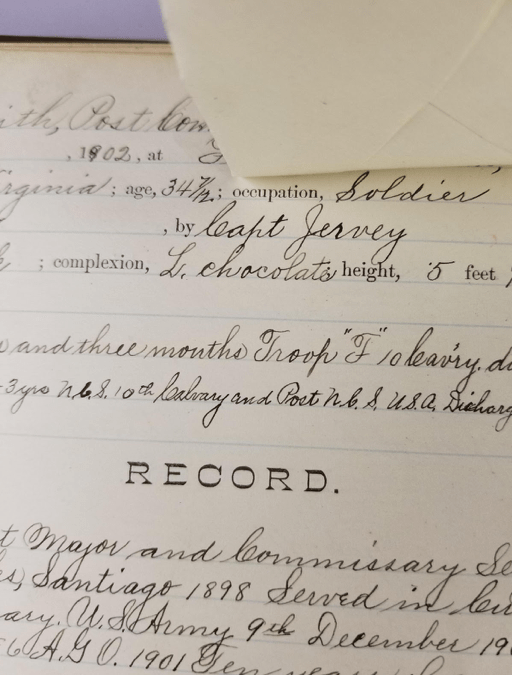Work Smarter Not Harder: Secondary Research
By Alysha Page
After going through the Probate Records and the newspaper articles at the Library of Congress I decided that perhaps it was time to go back to the secondary sources. It was time to work smarter, not harder, and go back to the bibliographies and indexes of already compiled works of the Black military regiments. The text that I am still going through is The Black Regulars 1866- 1898 by William A Dobak and Thomas D. Phillips. Even though the text is outside of the scope of my project it did have a great deal of record groups that may be helpful for the Klondike Gold Rush Company L project.
I am not trained as a military historian so navigating a subject built around the military has a bit of a learning curve. Reaching out to my colleagues with expertise in African American military history and utilizing secondary sources was the best way to figure out where else to search for useful information.
These conversations and secondary sources yielded a great deal of possible information within the U.S. Regular Army Mobile Unit and Adjutant General’s Office. One of the most interesting, and I hope useful, resources are the Descriptive Books. They detail the soldier’s birthplace, enlistment, various assignments, physical attributes, injuries, transfers, etc. I hope to utilize these books to better understand how these Black men were classified and described by their white counterparts, also I am being optimistic that perhaps these books will give me some leads on their personal life and background.
Reaching out to fellow researchers and using the hundreds of secondary sources available to us is a wonderful way to freshen up your research if you get stuck. Remember work smarter not harder. Use all tools available to you.


